Media | Articles
How McPherson College Students Took on Pebble Beach with “a Ramen Budget”
Tiny McPherson College in central Kansas, with its 850 students and 27-acre campus, may never go to the Rose Bowl or get a team into the NCAA Final Four. But it has achieved milestones that no other institution of higher learning can boast: It has put a car on the lawn at Pebble Beach, and it has taken a class award there. For the eager young minds enrolled in the school’s Automotive Restoration Technology program, there is no better trophy to stick in the case. Or, indeed, no better line to put on a résumé.
Among the cars entered in the Postwar Luxury class at the 72nd Pebble Beach Concours d’Elegance this past August was an obsidian-black 1953 Mercedes 300S Cabriolet. It represented the culmination of a 10-year plan by McPherson’s staff and students to enter a student-restored car into the world’s most prestigious concours. The plan was audacious in its conception and unique among plans in that, except for the unplanned class award, it went exactly according to the plan.
“Back in 2013, we did a strategic planning retreat and set a goal of being at Pebble Beach in 10 years,” said Amanda Gutierrez, McPherson provost and vice president, of the auto restoration program. It enrolls about 150 students in a four-year undergraduate degree program that instructs pupils on everything from chrome plating to torquing connecting rods to automotive history, valuation, business accounting, and project management. Alumni go on to jobs in top restoration shops, in museum curation, at auction houses, and as managers of private collections. (Hagerty editor Kyle Smith is a McPherson graduate.)
The next step was to find the right car, one to “challenge the students but not break them,” said Gutierrez. That meant no French art deco bolides with electronic preselector gearboxes and hide-away sliding roofs, but a car elegant and distinguished enough to qualify for Pebble as well as eligible for one of the event’s classes. That narrowed the list of potential candidates. One of the program’s longtime advisors, Massachusetts-based restorer and Pebble Beach regular Paul Russell, suggested the relatively straightforward Mercedes 300S as a good candidate.
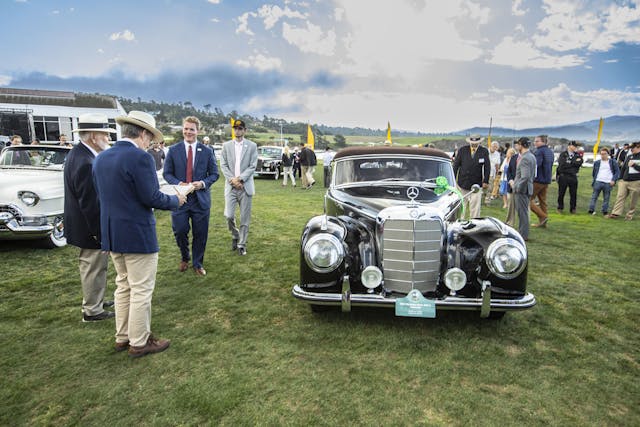
“It was Mercedes’ first clean-slate design after the war and their statement that they were back,” said Brian Martin, McPherson’s director of automotive restoration projects. The imposing 300S sold new for $14,000 in 1953 and, like most other cars eligible for Pebble Beach, is now mostly the province of wealthy collectors. “We were attempting to do Pebble Beach on a ramen budget, but we couldn’t wait for someone to donate a car,” Martin said.
Marketplace
Buy and sell classics with confidence
A three-year search culminated in a 35,000-mile candidate that was complete and came with spare parts and a spare engine, but it needed a thorough overhaul. The sellers, Richard and Mary Hopeman of Pennsylvania, were attracted to the idea of a student project and offered a good price, and a donor stepped in to cover the purchase as well as provide seed money for the project.
The car appeared in unrestored condition at a McPherson event at Pebble Beach in 2016. “It presented much better than it was,” quipped Matt Kroeker, a 2023 McPherson grad from Longmont, Colorado. He was a freshman in high school when the project started and completely unaware that a 70-year-old Mercedes would come to dominate his young life and launch his career. He heard about McPherson from a Fox News item, and when he arrived at the school in 2019, the car was in bare metal and bits were scattered all over the school’s workshops.
As is the case with the restoration of any special, limited-production car, there were problems. It took three years to find a replacement windshield. There was trim that didn’t fit, U-joints that unexpectedly failed, electric windows that wouldn’t wind, and sheet metal perforated by rust and damaged in long-ago accidents. The school deemed it important to pay the students for their work, so it was treated as an extra-curricular internship rather than as classwork.
Once the restoration was completed, there was the monumental task of getting the car accepted to Pebble Beach. The selection committee is notoriously finicky as it winnows down hundreds of applications to a field of around 220 cars. Only six spots were allocated to the Postwar Luxury class. “We were told there was no preferential treatment,” said student Jeremy Porter, who is due to graduate in 2024. “We were on pins and needles like everyone else waiting for the word. We kinda bet the house on it.”
The bet paid off, and the Mercedes was driven by students onto the lawn at dawn last August 20 among a fleet of peers ranging from priceless Figoni-bodied Delahayes to Murphy-bodied Duesenbergs to short-wheelbase Ferrari 250 Berlinettas. There were two other Mercedes 300s in McPherson’s class, as well as a one-of-two 1953 Ghia-bodied Cadillac and a one-off 1955 Chrysler Imperial convertible built for the then-president of Chrysler. When the judges in their straw hats and blue blazers came to poke and prod the Benz, students showed them the car as an unusually large crowd looked on, at least some of it composed of 120 parents as proud as any you would find at a big-time college football game.

At Pebble Beach, all cars are awarded 100 points and the judges deduct from that for mechanical issues, restoration errors, or preparation oversights. The sweat and effort of all the students were good enough to win the Mercedes a second-in-class, which did not make it eligible for Best of Show—only class winners have a shot at that—but is nonetheless a high honor for which many aspiring Pebble Beach entrants have liquidated much greater fortunes without success.
Nobody at Pebble beat the McPherson team on enthusiasm and spirit, which thankfully still counts for something even in an event as fueled by money as the Concours d’Elegance. Speaking of which, the school, which launched its automotive tech program in 1976 but ramped it up considerably with the help of Jay Leno in 1997, recently announced that it has raised a startling $1.5 billion in endowments. Ideas being floated are a second campus and an engineering program.
The Mercedes will be a gift that keeps on giving for those who worked on it. Some 200 students contributed to the restoration over seven years, 40 or so at any one time. The car was challenging enough, even with help from school advisors and the Mercedes-Benz Classic Center, and the students learned skills that will serve them well after graduation. Indeed, several said they were being recruited by shops even before they had graduated.
***
Check out the Hagerty Media homepage so you don’t miss a single story, or better yet, bookmark it. To get our best stories delivered right to your inbox, subscribe to our newsletters.
Want more? Be part of the movement and join the Hagerty Drivers Club.
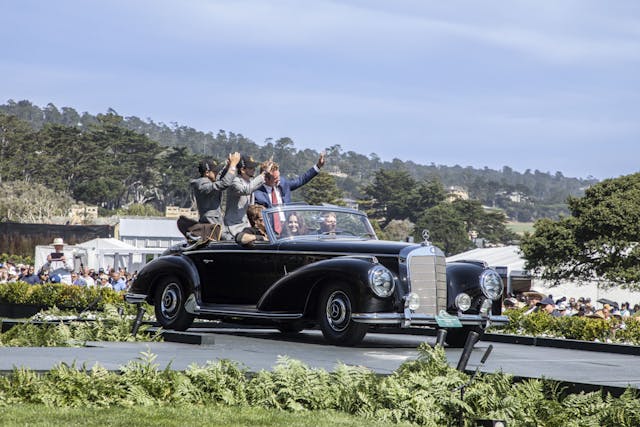
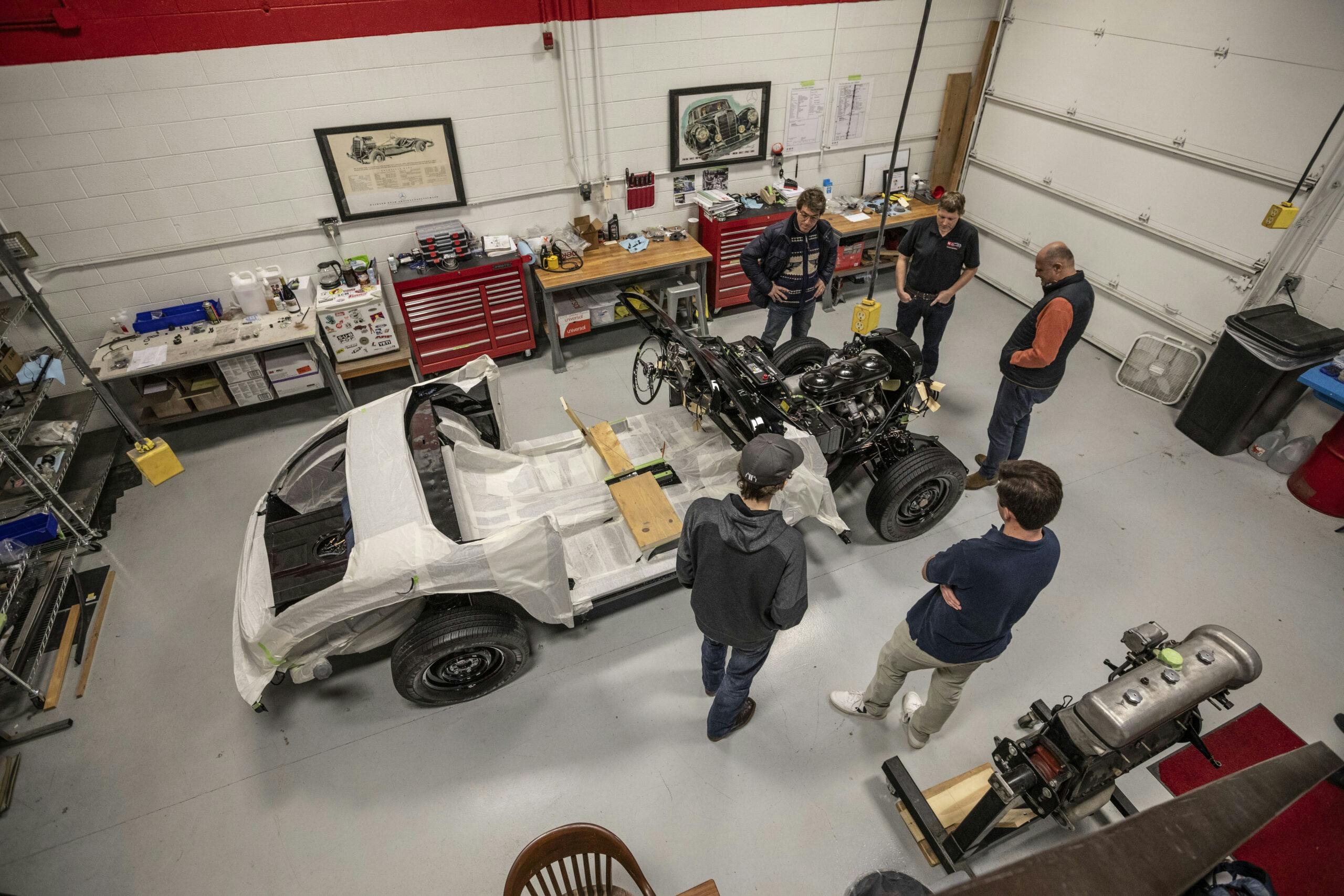
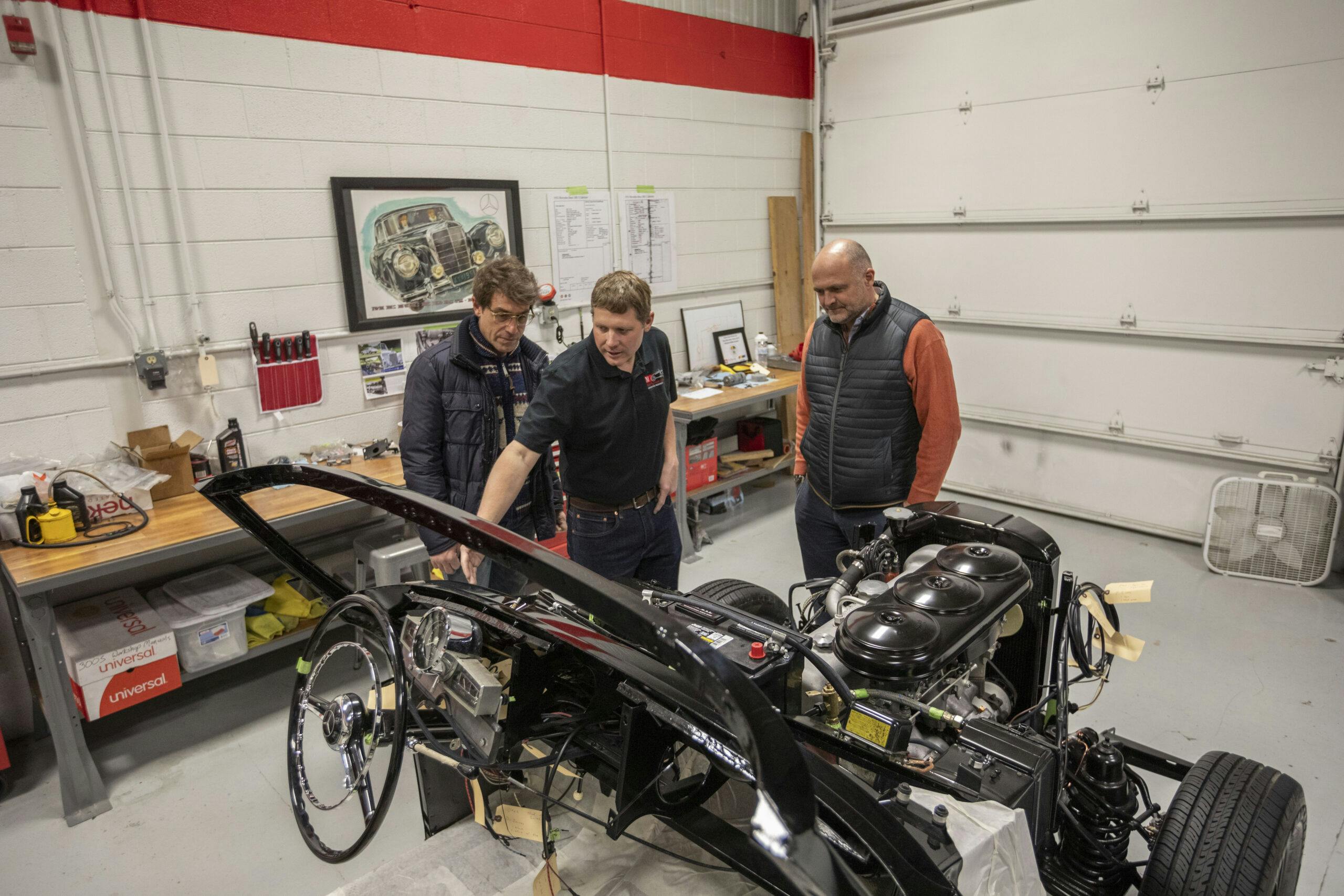
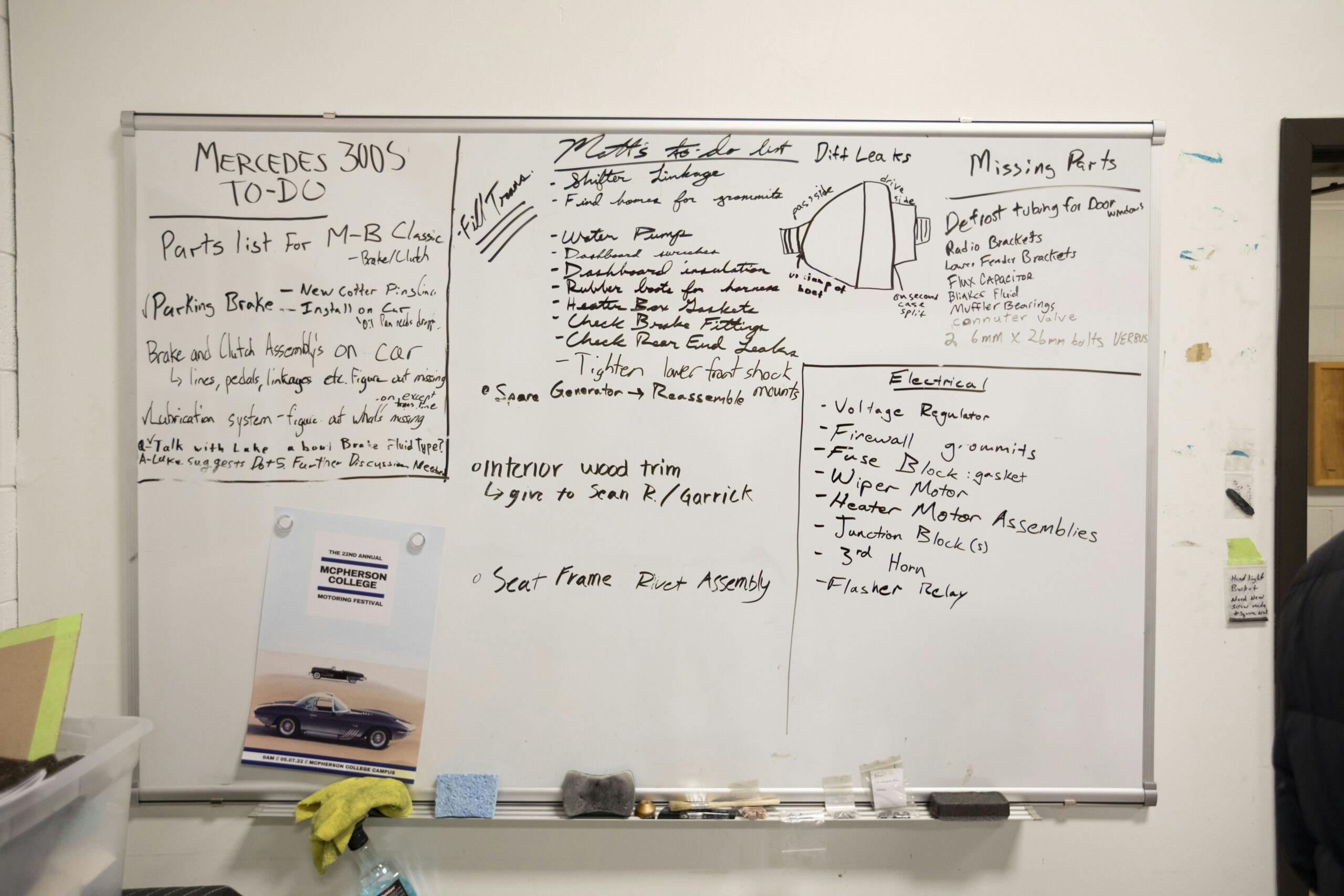
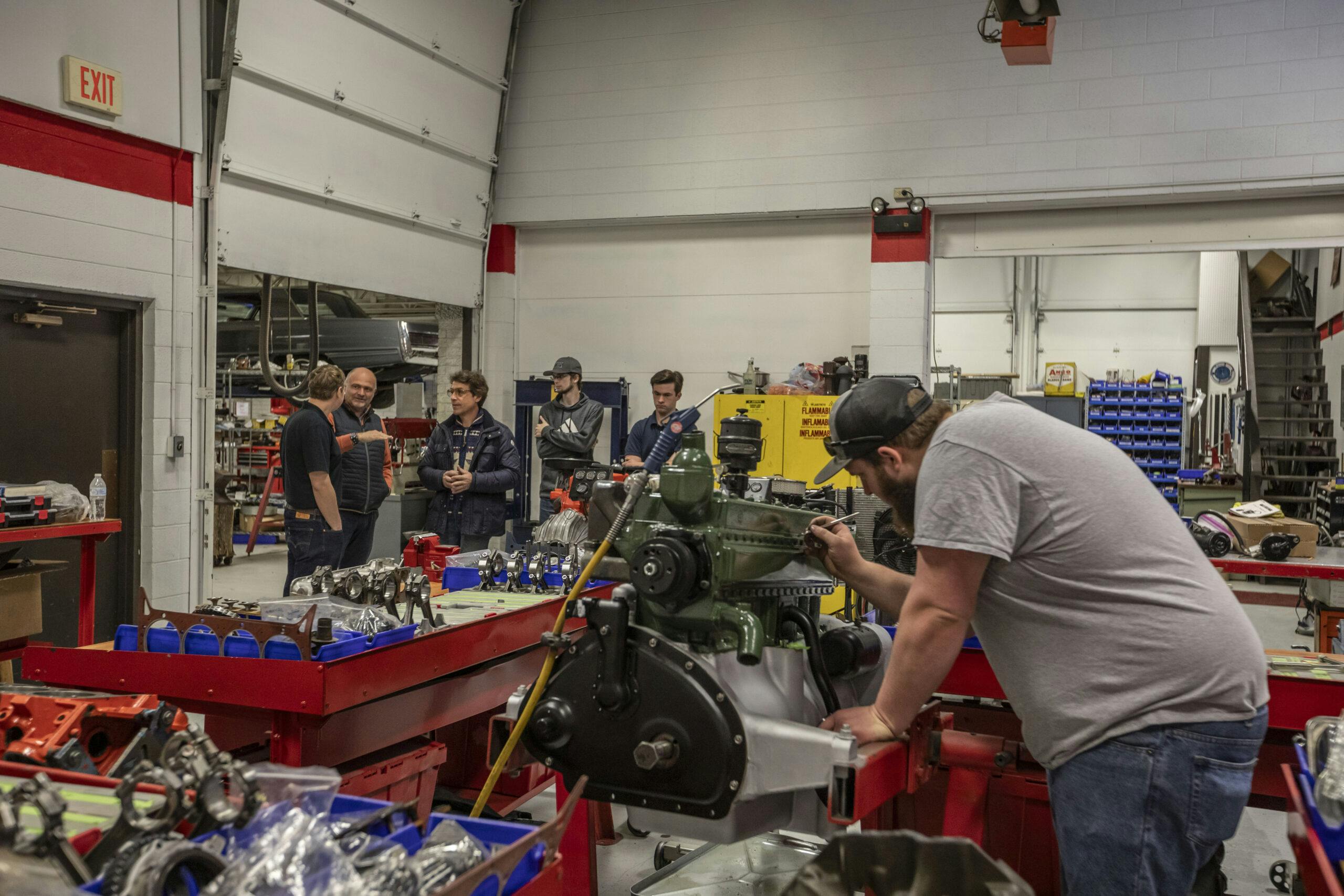
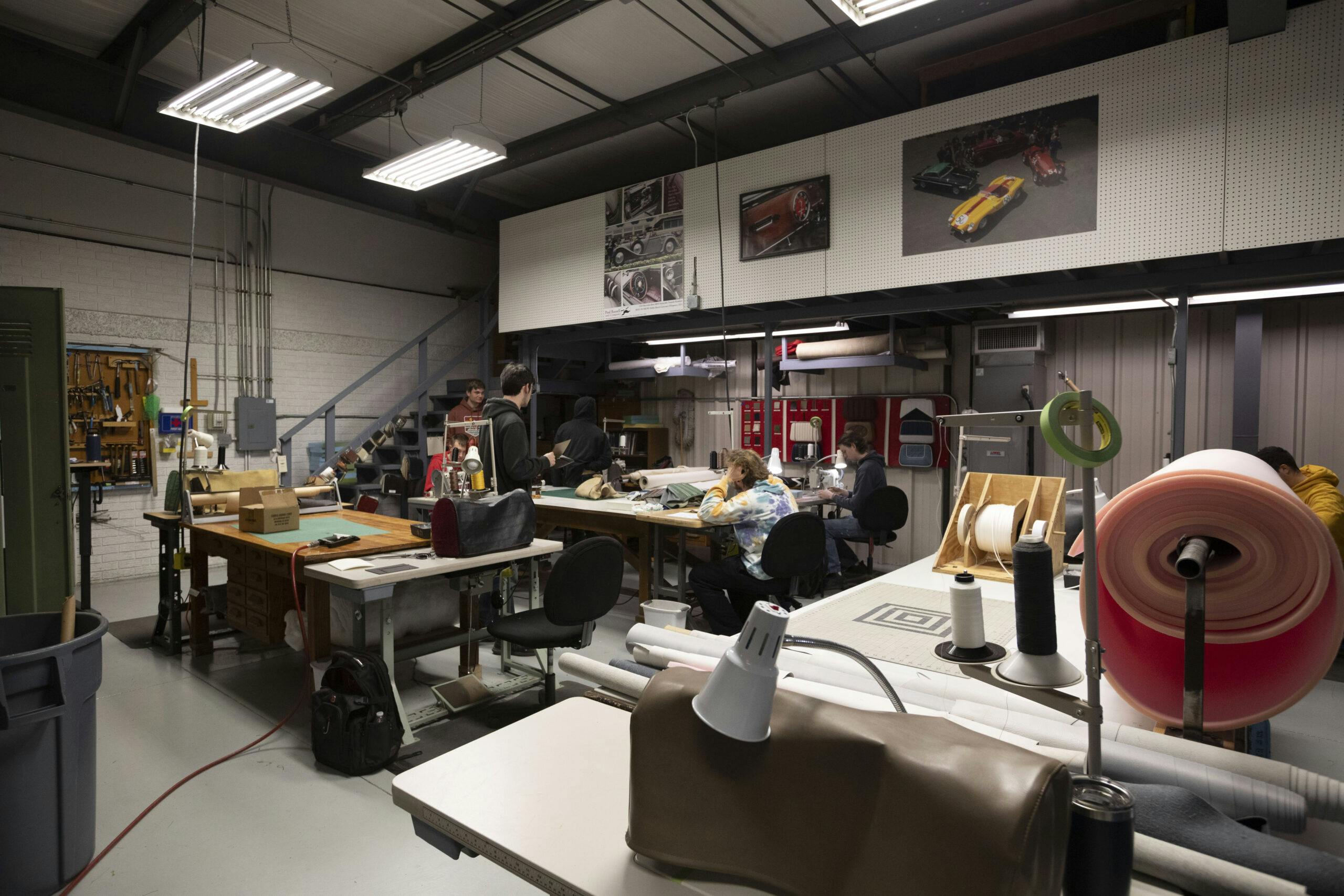
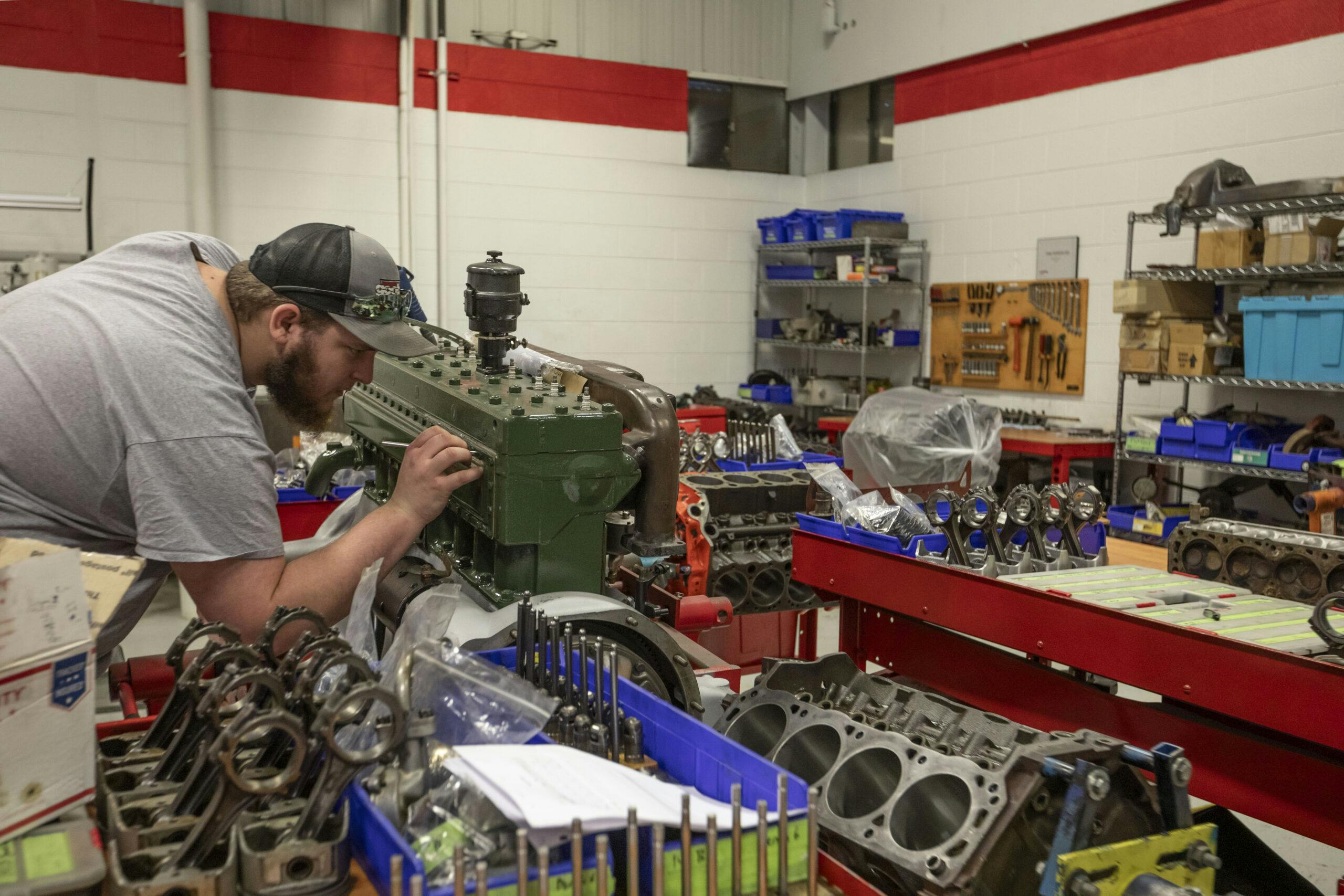
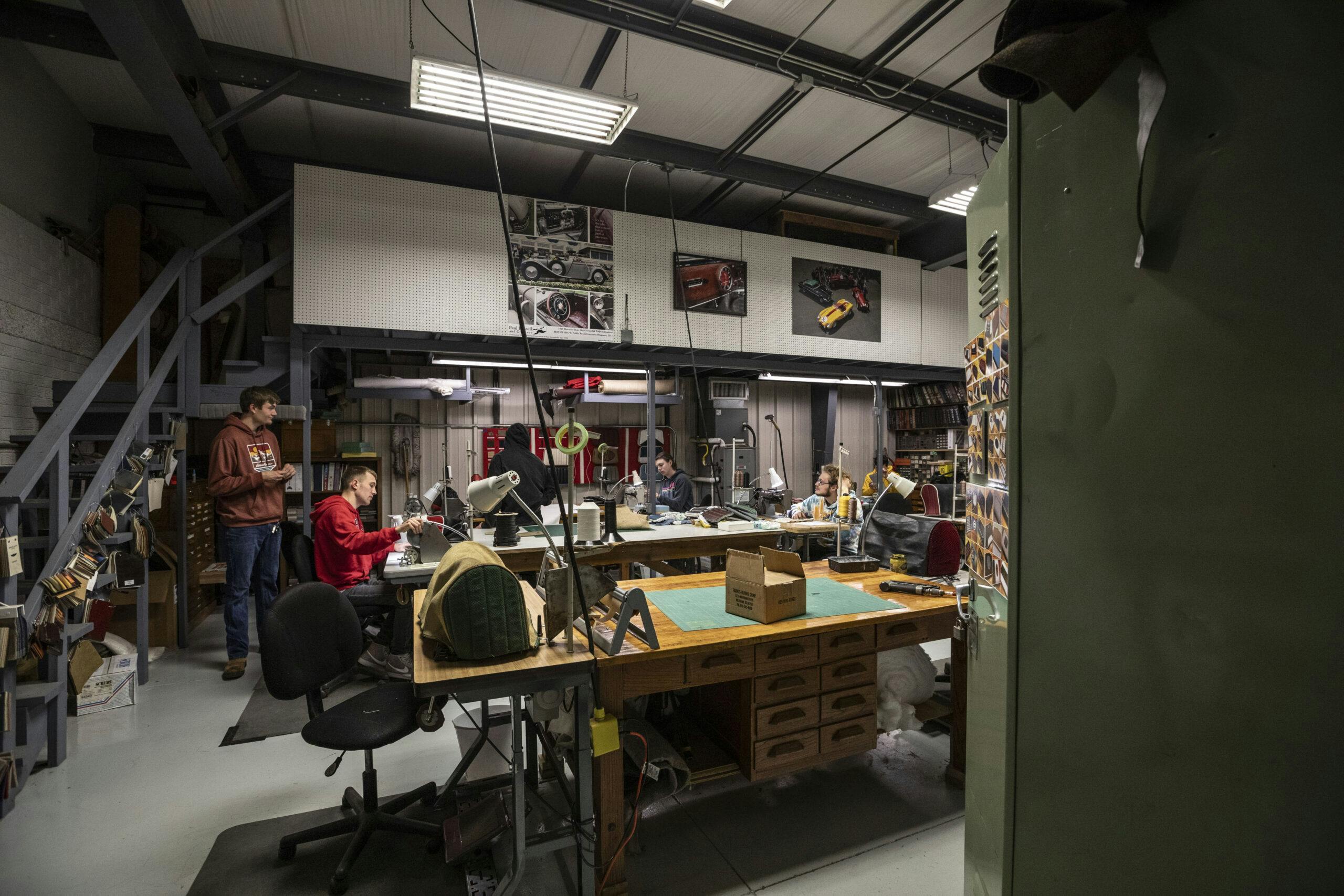










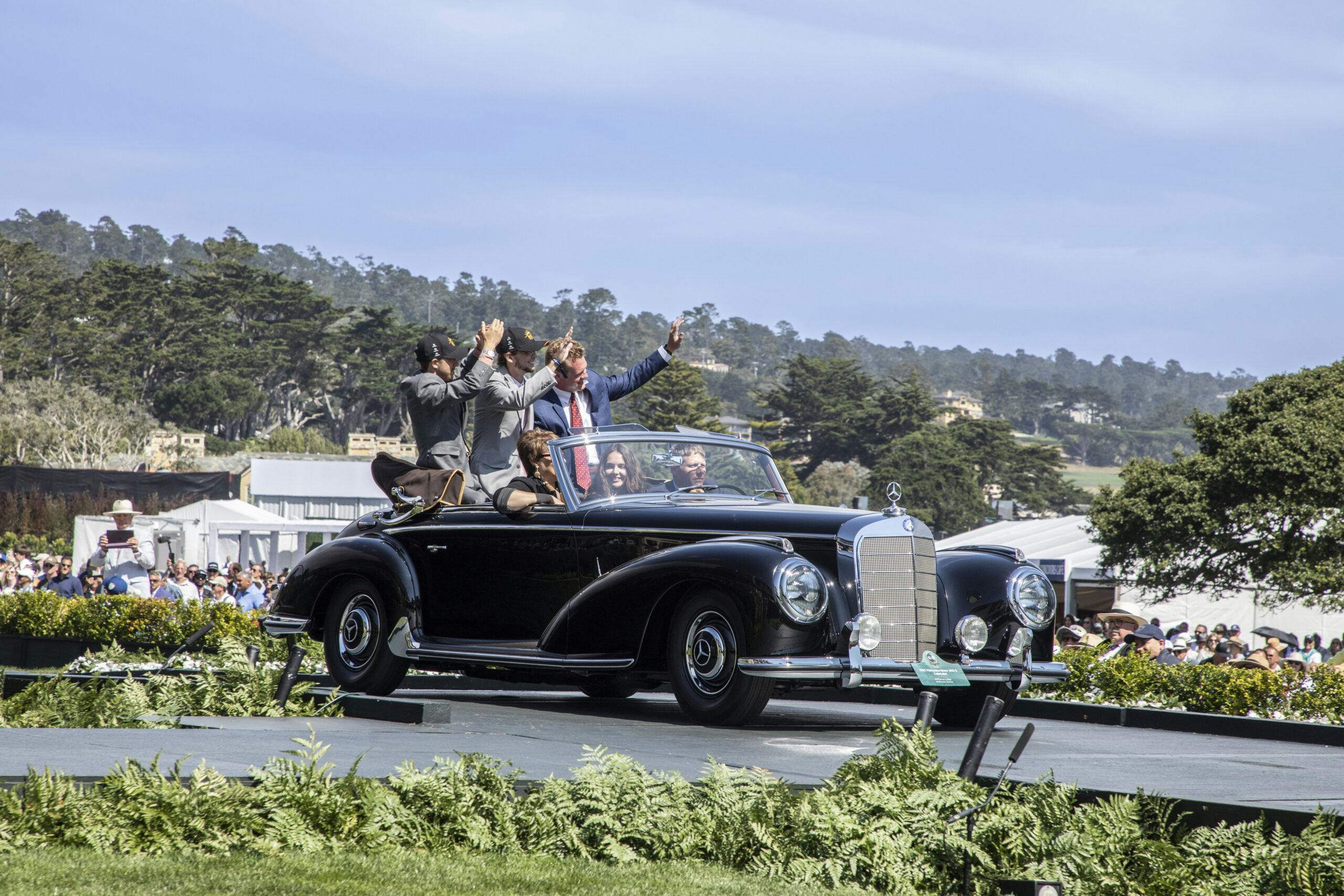
A great way to keep young people interested in automobiles. Too many of the college age generation aren’t interested in cars except as appliances. We know there is much more to them.
We were lucky enough to visit McPherson in 2019 on a field trip from the National DeSoto Convention held in Hutchinson. What a treat to see the car, body only, on a spindle and only primered, then to see it come down Hiway 1 to the turn around last August. Great work by the students. And I agree with KenV, if we’re going to keep the auto restoration ball rolling to the next generation, PB elders may want to be a major supporter of the schools that teach it. And, of course, thank you, Jay Leno!
A job well done. Kudos to all that were involved in this restoration! I like to see before and after photos, along with photos of the work that was done in between those photos. My Dad always said “One Hour a Day is all it takes”, and it will eventually get done.
With increased factory resto services, it would seem important for senior management of marques looking for younger-market buyers (Porsche et al) to become directly involved in qualified college programs. This is especially critical as more computers and other short-lived, high-tech features (think subscription options) are installed on new models. Down the road, where are they ever going to find replacements?
Such a great opportunity and outcome for those involved!
As was mentioned earlier – younger folks’ interest in older cars needs encouraged, lest there soon be no one that knows about the care and feeding of classics.
But I also wonder, will there be interest years on in the sad lumps of automotive paste now available?
Will cars of the ’70’s be the last to generate interest and be worthy of restoration/preservation (with the exception of very high-end marques)?
Wow great job! Like to know where they got the 1.5 Billion in monies. Like to start my own shop. Hope they restore more cars for show entries.
Nice story, but for all yhe accolades and stories of graduating students in high demand, no one bothered to ask the question “How much do these students earn upon graduating the four year program? According to US News and World Report, starting income averages less than $41,000 annually. That compares to over $80,00 for a two year welding degree! And without financial aid, that four years currently costs the student $160K. That’s not a recipe for the long term development of people with restoration expertise.
Is working only about making money? What about passion or caring about what you do? Legacy? There are lots of jobs that allow a person to sell their soul (or body) in order to amass mediocre wealth. What’s wrong with a person pursuing something that excites and allows them to be a part of preserving history? Not everyone wants to swim in money Scrooge McDuck.
My son is McPherson alumni and we return every year for the student run car show. Congrats to the whole McPherson team on this huge accomplishment. The college has served my son extremely well in his career which is restoring and keeping the flame alive in the classic car world. Some of the endowment money certainly needs to be spent on marketing this great school to young talent worldwide.